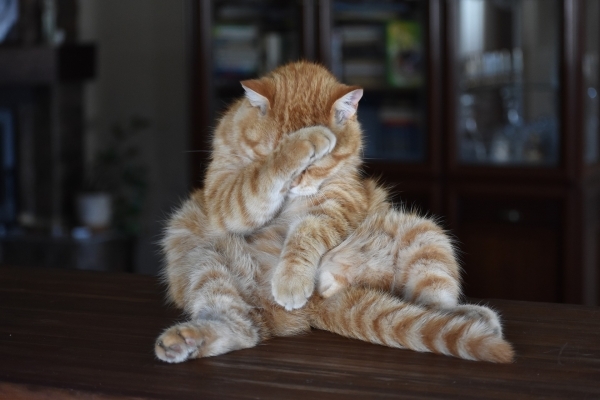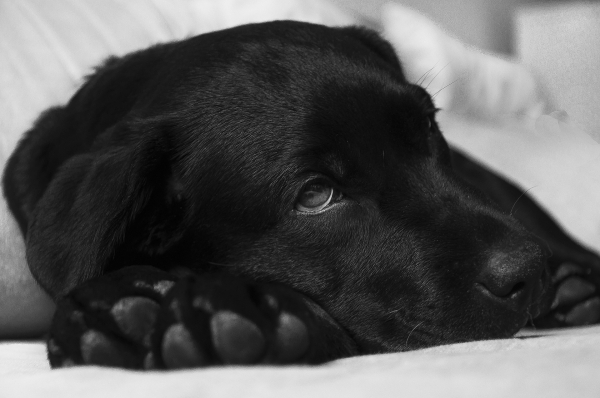|

There’s no getting around it, at some point in your pet’s life you may have to clean up some vomit or diarrhoea. No one likes this job and talking about it can make some people turn green. Thankfully we have simplified the facts so you don't have to dwell on these thoughts for too long.
What you should do at home
If your pet has a vomit or a bout of diarrhoea you should withhold food for a few hours (gastric rest), offer fluids for rehydration and feed a bland diet for a couple of days. In most cases, your pet will most likely recover without a problem.
There are times when vomiting and diarrhoea become a little more serious and that's when you need to call on us.
You should seek advice from us if your pet:
1. Vomits more than once
2. Has multiple bouts of diarrhoea
3. Seems lethargic or has a reduced appetite
4. Might have ingested something they shouldn't have
5. Has been losing weight recently
6. Has had intermittent bouts of vomiting and/or diarrhoea over a period of time
One of the most common causes of vomiting and/or diarrhoea in pets is a dietary indiscretion. This is just our way of saying your pet has eaten something they shouldn't. Other causes might be due to ingestion of a toxin, infection from a virus, a bacteria or a parasite, conditions such as pancreatitis, a gastric obstruction from a foreign body and other systemic diseases.
Treatment for vomiting and diarrhoea generally involves medications to help reduce nausea and even intravenous fluid therapy to help rehydrate your pet. In some cases, it is necessary for us to perform blood tests and further imaging such as radiographs of the abdomen to rule out the more concerning causes.
If you have a puppy or a kitten with diarrhoea or vomiting we recommend that you always get them checked by us as they can become dehydrated very quickly.
It's always best to ask us for advice if you are concerned about your pet. We might not be able to clean your carpet, but we are always here if you need reassurance.
|
